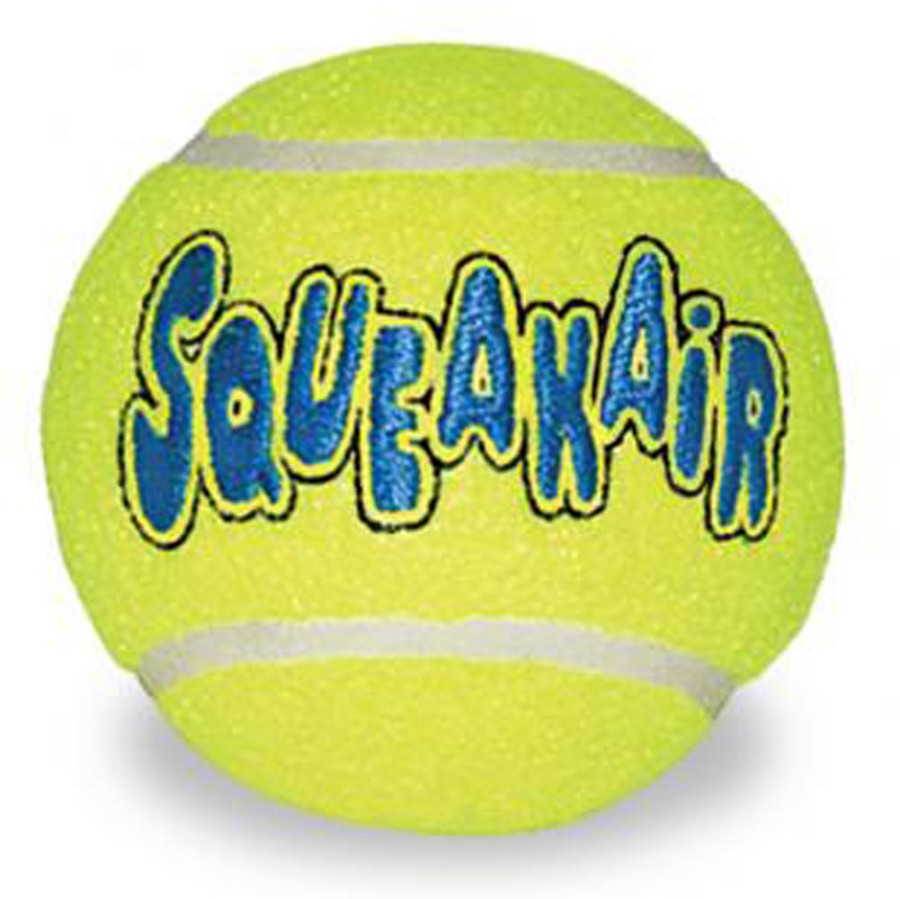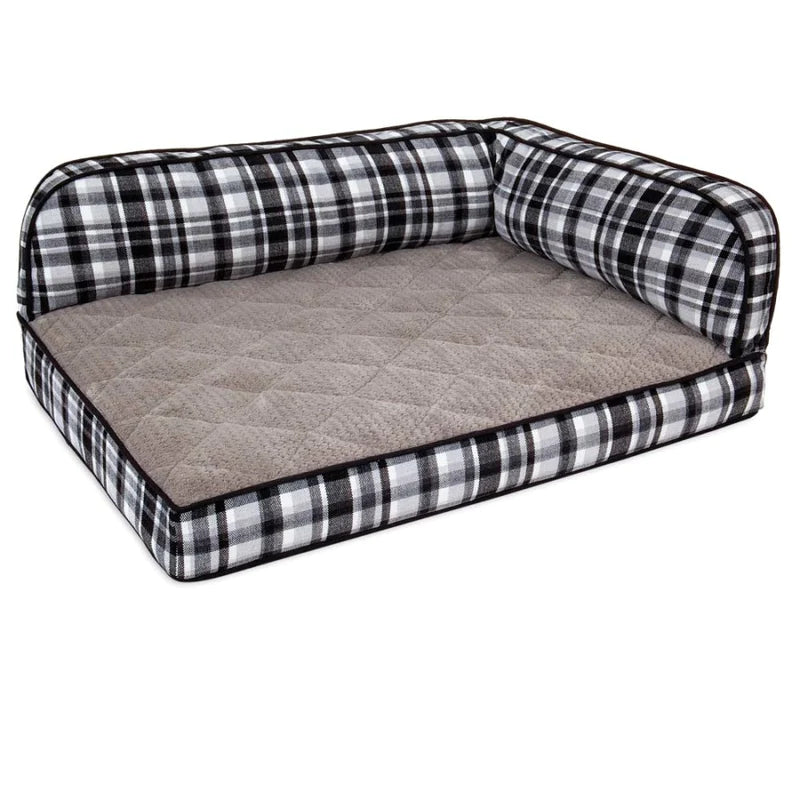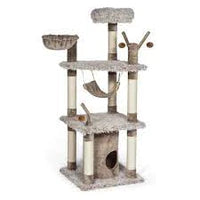
Tom Cameron,DMV
Nature’s Logic puts Montmorillonite clay in their pet foods! Dirt in our pet’s food? They must have some good reasons, right? Absolutely - both current science and history provide many. The practice of eating clay is called geophagia (geo - earth, phagia - to eat). Scientists have found over 200 species of animals who regularly eat specific types of clay.
Records show humans have practiced geophagia since Hippocrates (460 B.C.). There are many types of clays, depending upon region. Made from volcanic ash, Montmorillonite clay is from the Montmorillon region of France. Bentonite clay is from Benton, Wyoming.
Montmorillonite clay is added to Nature’s Logic foods as a natural “anti-caking” agent to prevent clumping and excess moisture. It allows high-quality pet foods to remain free of man-made and chemical agents for this purpose. When clay is moistened, it absorbs water and swells, grabbing debris like bacteria, viruses and toxins. Clay also has a strong negative charge, while many toxins, bacteria and viral particles have positive charges. Like a magnet, clays attract and hold these ‘bad guys’ until the body can remove them But there’s more - Montmorillonite clay has multiple health benefits: It has the unique ability to bind and clear toxins from the body, acting as a detoxifying agent Contains at least 67 minerals (like calcium, magnesium, and silica) as well as important trace elements. Minerals are critical for enzyme, vitamin and many other functions of the body. Binds and removes bacteria, virus, fungal organisms. Supports immune function. Improves weight gain and feed efficiency .
Promotes probiotic activity. Helps strengthen and heal the gut lining. Has antibacterial activity. Other uses in humans include: Skin conditions like eczema and psoriasis. Digestive problems like constipation, diarrhea, IBS. Improves health of teeth and gums - binds and removes toxins before they are swallowed. On baby’s skin - soothing, removes debris and toxins, cleansing. Feeding clay slows the digestion process, allowing more time for enzymes to break food down. Because they bind pathologic bacteria, reducing their numbers, clays make life easier for probiotic organisms. In addition, they cause physical strengthening of the gut lining, improved digestion and immune protection. Clays have been used for thousands of years, worldwide, both topically and internally for detoxification, skin irritations, digestive problems and other health benefits. Some cultures mix clay in water and dip their food as they eat. Current science is confirming the health benefits of eating clay. Exciting new clinical trials have shown certain clays to be effective against MRSA (Methicillin Resistant Staph Aureus), a major concern in hospitals. Animal trials feeding clay to dogs and growing pigs resulted in faster growth and weight gain, fewer cases of diarrhea, increased probiotic numbers, and fewer gut pathogens, like E. coli and Clostridia. Lastly, adding clay to the diet resulted in lower antibiotic use. Montmorillonite clay has many health benefits, and is yet another reason to feed Nature’s Logic pet foods.
References: Subramaniam MD, Kim IH. Clays as dietary supplements for swine: A review. J Anim Soc Biotechnol. 2015; 6(1): 38 http://www.scientificamerican.com/article/would-you-like-side-dirt-eating-soil/ Clark KJ, Sarr AB, Grant PG, Phillips TD, Woode GN. In vitro studies on the use of clay, clay minerals and charcoal to adsorb bovine rotavirus and bovine coronavirus. Vet Microbiol. 1998 Oct;63(2-4): 137-46 Haydel SE, Remenih CM, Williams LB. Broad-spectrum in vitro antibacterial activities of clay minerals against antibiotic-susceptible and antibiotic-resistant bacterial pathogens. J Antimicrob Chemother. 2008 Feb; 61(2): 353-361. https://draxe.com/10-bentonite-clay-benefits-uses/






